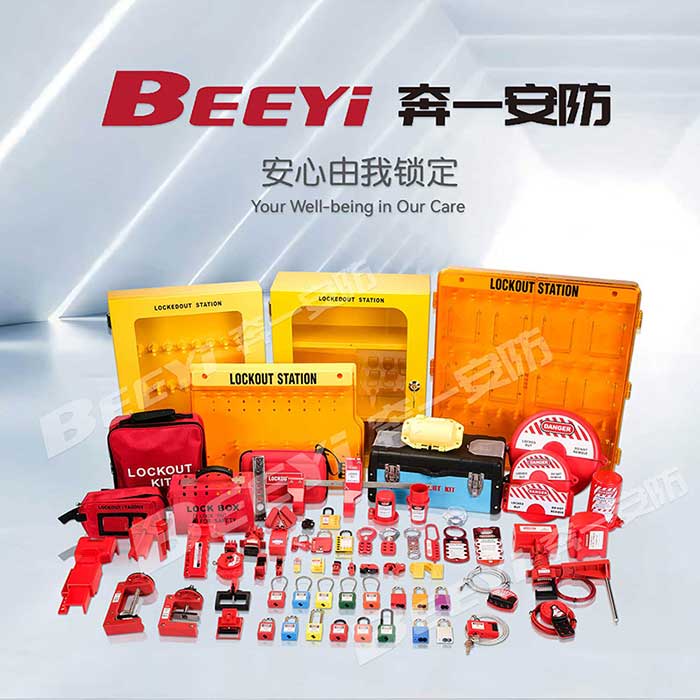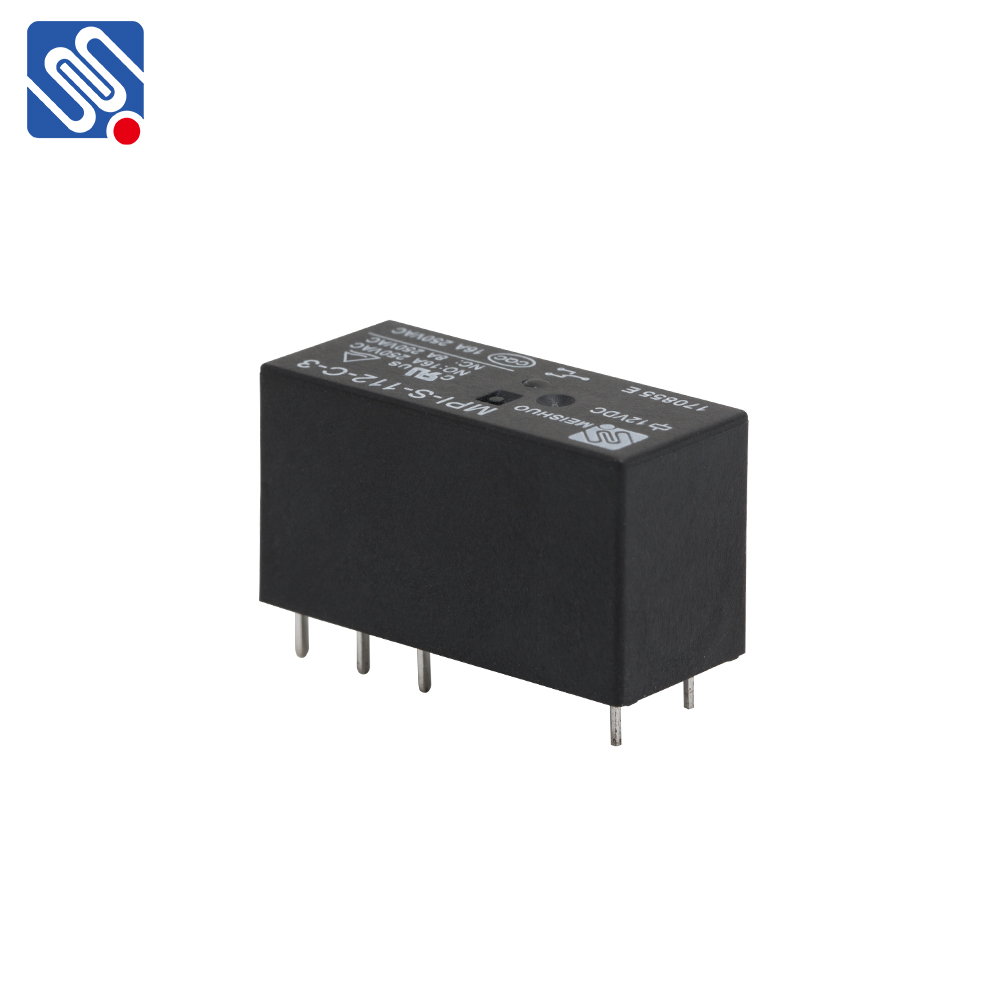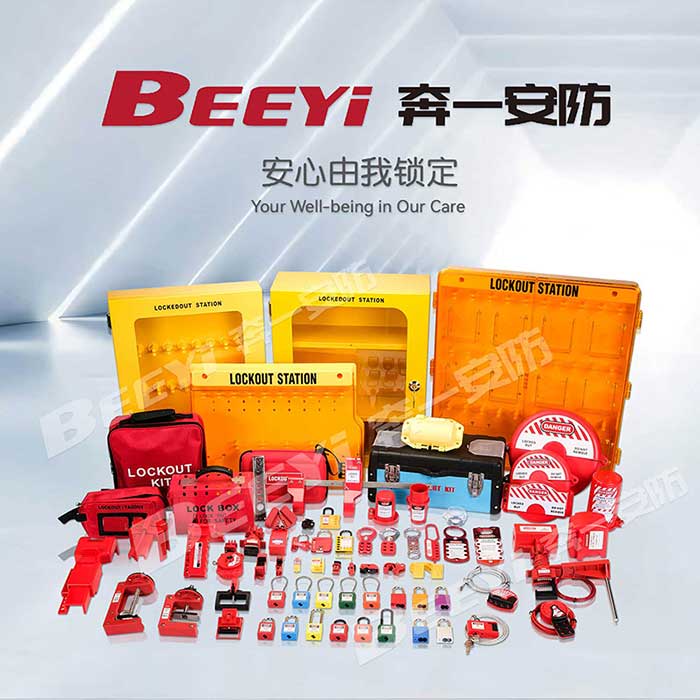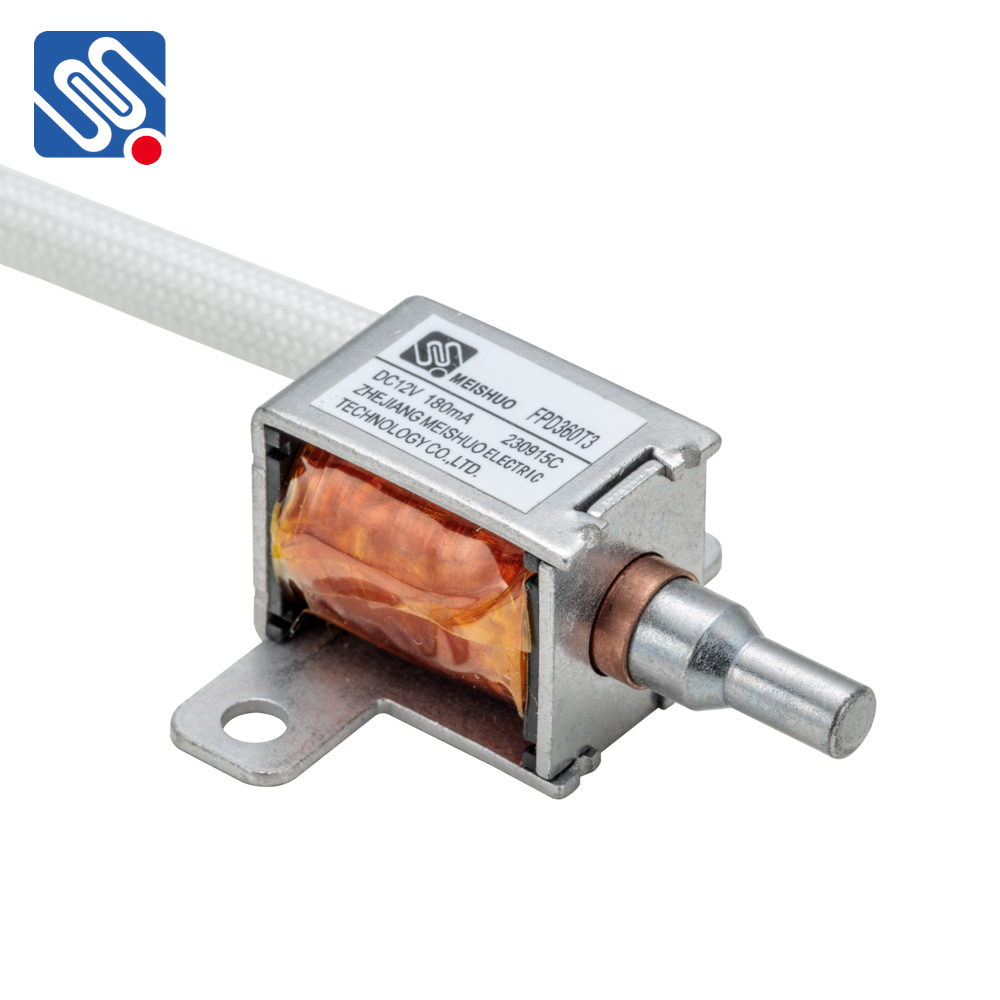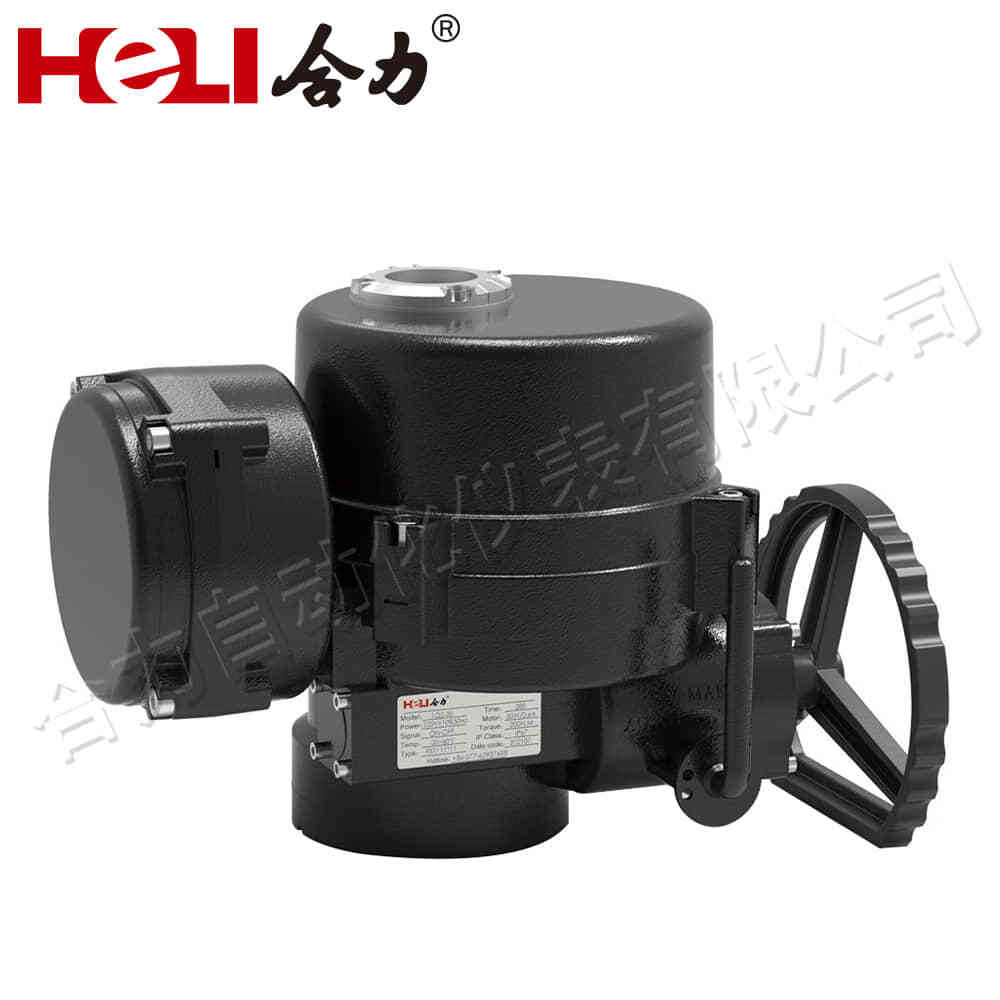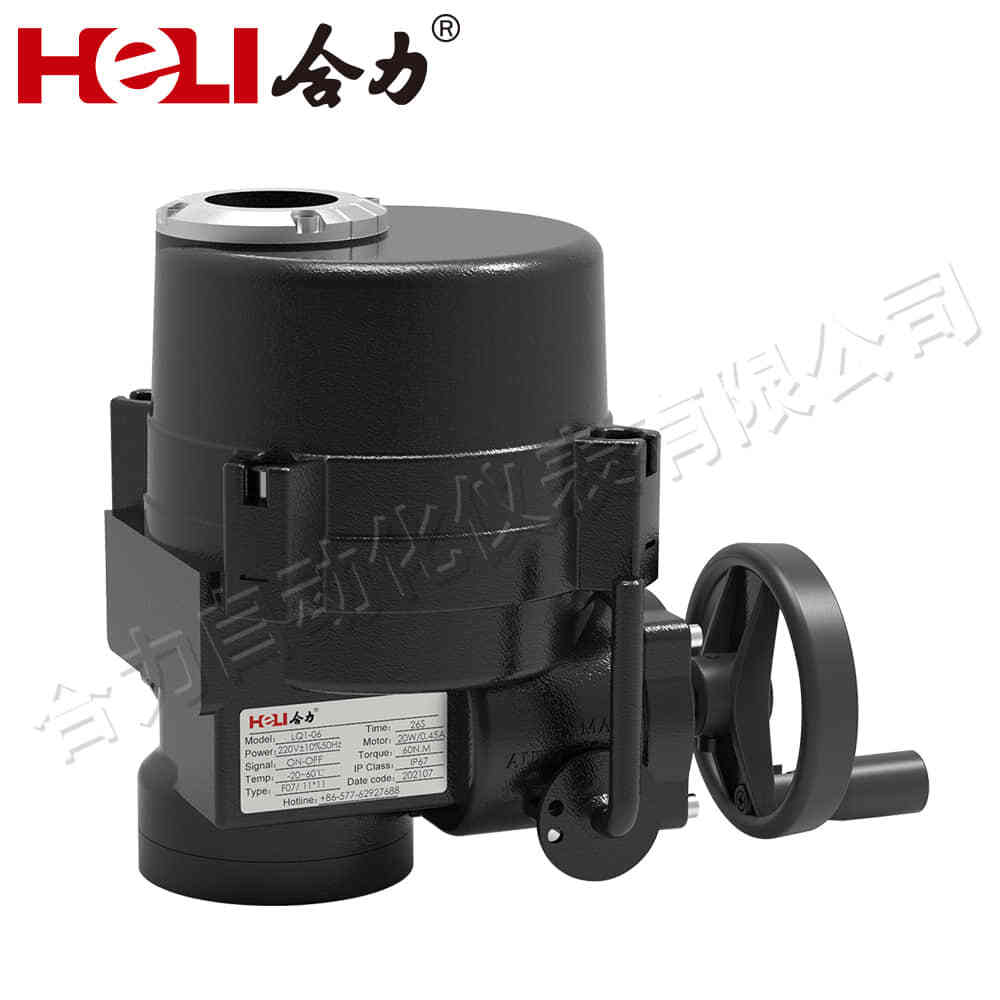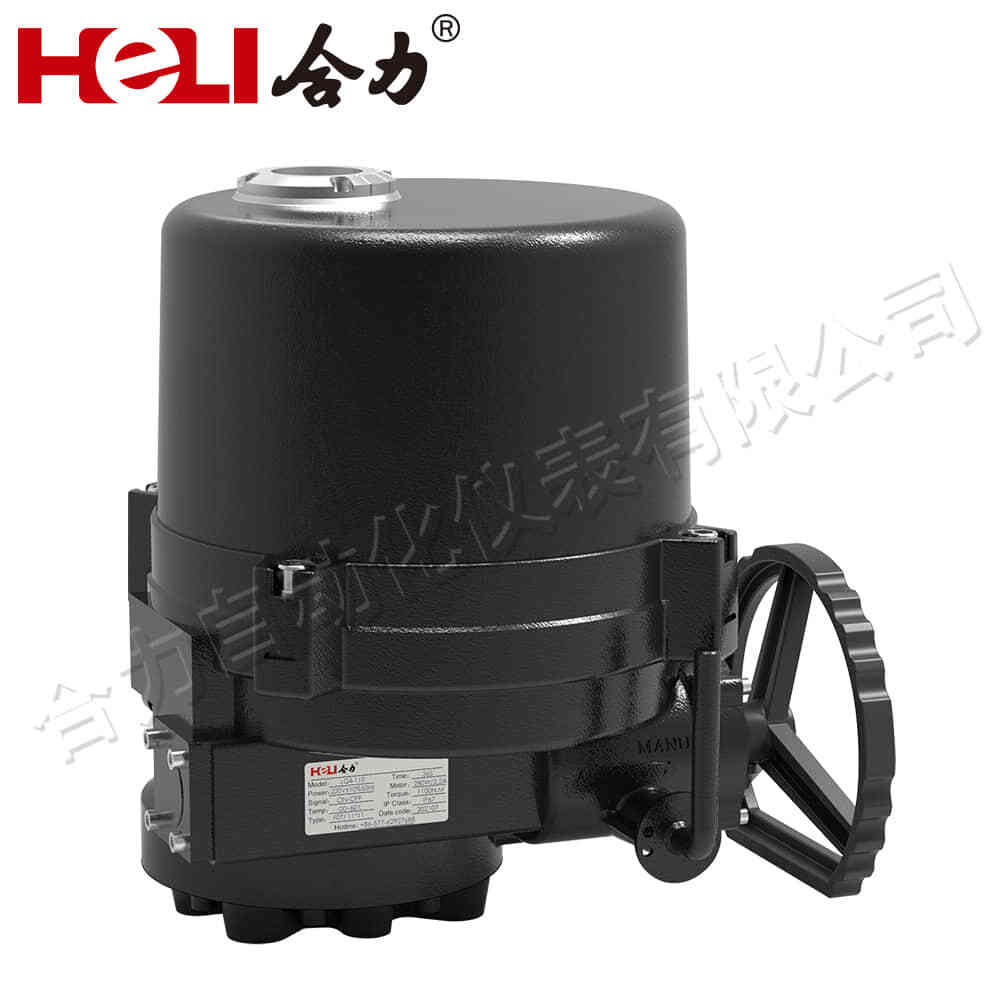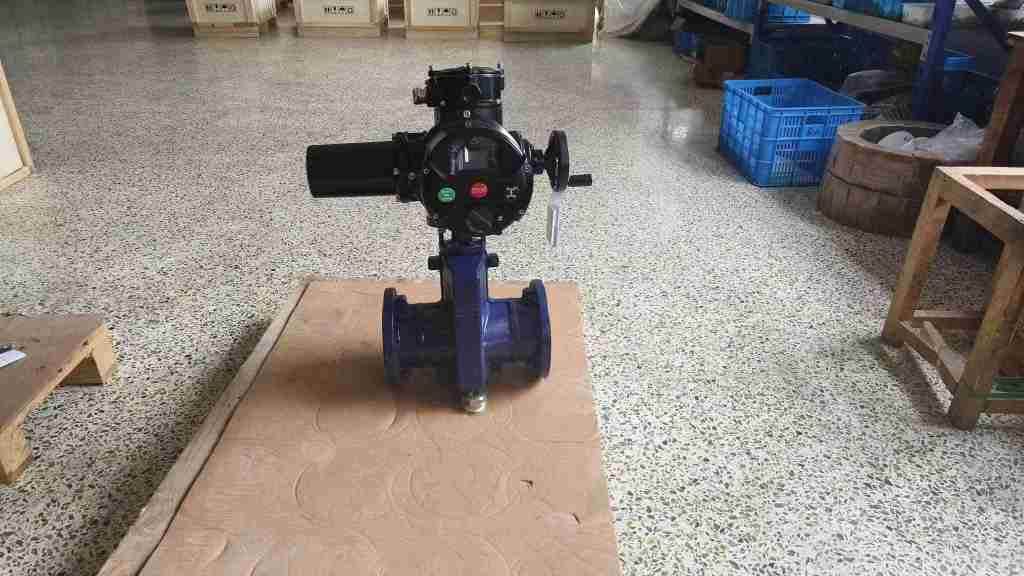The Omron G4A relay series is a highly versatile and widely used component in the field of electrical engineering and automation systems. Known for its durability, reliability, and diverse range of applications, the G4A relay is a key component in many electronic devices and industrial control systems. This article provides a detailed review of the Omron G4A Relay datasheet, exploring its specifications, features, and applications to give engineers, designers, and technicians a clear understanding of its capabilities and advantages.
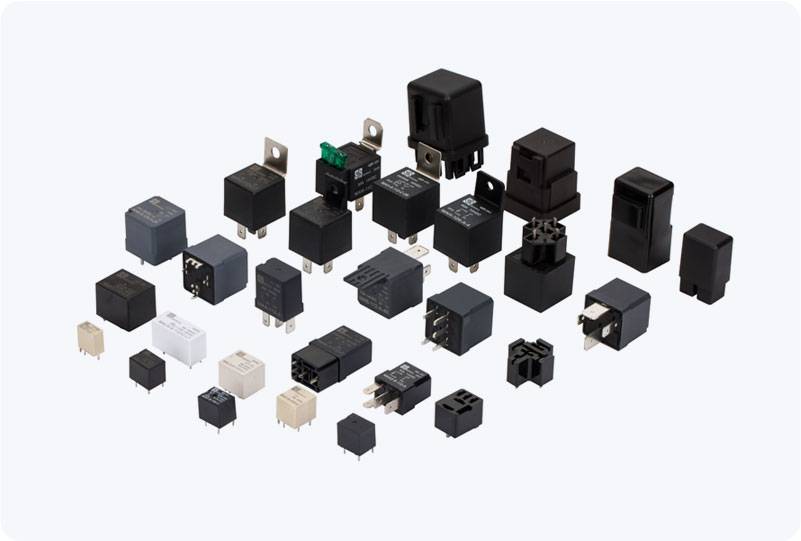
Overview of Omron G4A Relay The Omron G4A series is an electromechanical relay that offers both Single-Pole Double-Throw (SPDT) and Double-Pole Double-Throw (DPDT) contact configurations. These relays are designed to switch high-power loads with low control voltage, making them ideal for various applications in automation, control circuits, HVAC systems, home appliances, and more. Omron, a global leader in automation and industrial components, ensures that the G4A relay series meets the highest standards of quality and reliability. Key Specifications and Features The Omron G4A relay is designed to operate efficiently under a variety of conditions. Some of its key specifications include:
